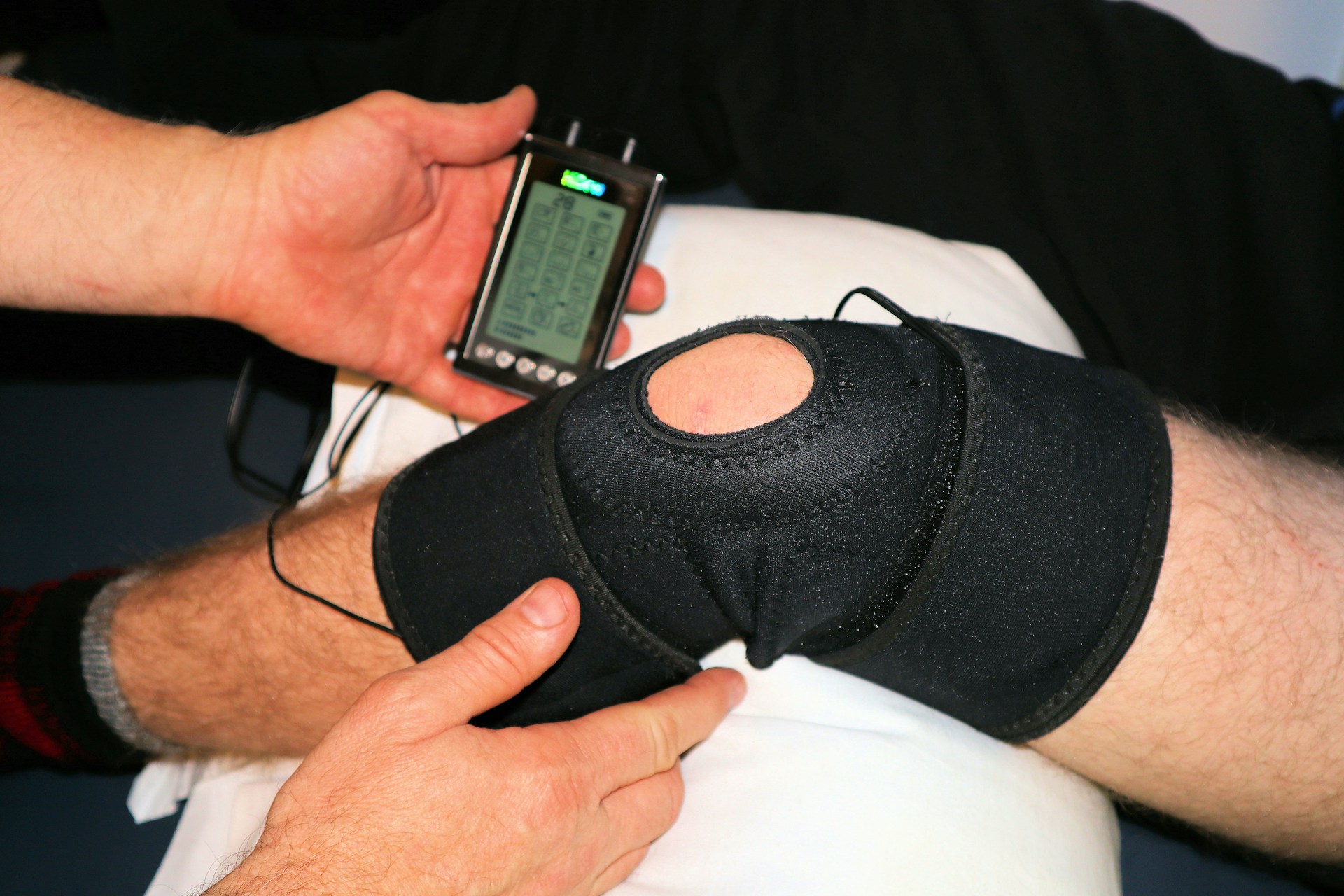When you’re dealing with an injury, the road back to full health can feel overwhelming.
Whether you’re an athlete sidelined by a sports injury or someone recovering from a workplace accident, the question remains the same: how can you return to your normal activities as quickly and safely as possible?
The answer lies in understanding how professional rehabilitation works. Physical therapy isn’t just about managing pain—it’s a comprehensive approach that addresses the root causes of your injury while building strength, mobility, and resilience.
Research consistently shows that patients who engage in structured physical therapy programs recover faster and experience fewer complications than those who rely solely on rest or medication.
This evidence-based approach to injury rehab combines targeted exercises, manual therapy techniques, and patient education to create personalized treatment plans.
The result? A systematic path to recovery that not only gets you back on your feet but helps prevent future injuries.
Understanding the Science Behind Faster Recovery
How Physical Therapy Targets Root Causes
Physical therapy works by addressing the underlying biomechanical issues that contribute to injury and delayed healing. When you sustain an injury, your body naturally compensates by altering movement patterns.
While these compensations might provide temporary relief, they often create new problems or slow the healing process.
A skilled physiotherapist identifies these compensatory patterns and works to correct them through specific exercises and techniques.
This approach ensures that you’re not just masking symptoms but resolving the factors that caused your injury in the first place.
The Role of Evidence-Based Treatment
Modern physical therapy relies heavily on research-backed techniques that have been proven effective through clinical trials.
This scientific foundation means that your treatment plan isn’t based on guesswork—it’s built on methods that have consistently demonstrated positive outcomes for patients with similar conditions.
Personalized Treatment Plans Make All the Difference
Comprehensive Initial Assessment
The recovery process begins with a thorough evaluation that examines not just your injury, but your overall movement patterns, strength levels, and functional goals.
This assessment helps your physiotherapist understand the full scope of your condition and develop a treatment strategy tailored to your specific needs.
During this evaluation, your therapist will assess factors such as range of motion, muscle strength, joint stability, and your ability to perform daily activities.
This comprehensive approach ensures that nothing is overlooked in your recovery plan.
Adaptive Program Design
Your treatment plan evolves as you progress through recovery. What works during the acute phase of injury may not be appropriate as you move into the strengthening and functional phases.
A skilled physiotherapist continuously monitors your progress and adjusts your program accordingly.
This adaptive approach prevents plateaus and ensures that you’re always working at the appropriate intensity level to maximize healing while minimizing the risk of re-injury.
Active Recovery Beats Passive Rest Every Time
The Problems with Extended Rest
While rest is important immediately following an injury, extended periods of inactivity can actually slow your recovery.
Prolonged immobilization leads to muscle weakness, joint stiffness, and decreased cardiovascular fitness—all of which can complicate your return to normal activities.
Physical therapy introduces controlled movement and progressive loading that stimulates healing tissues while maintaining overall fitness. This active approach helps preserve the gains you’ve made while allowing injured tissues to heal properly.
Progressive Loading Principles
The concept of progressive loading involves gradually increasing the demands placed on healing tissues.
This controlled stress stimulates the body’s natural healing processes and helps tissues adapt to the forces they’ll encounter during normal activities.
Your physiotherapist carefully monitors your response to these progressive challenges, ensuring that you’re pushing hard enough to promote healing without causing setbacks.
Pain Management Through Movement and Education
Understanding Pain vs. Harm
One of the most valuable aspects of physical therapy is learning to distinguish between pain that signals harm and discomfort that’s part of the normal healing process.
This education empowers you to make informed decisions about your activity level and reduces the fear and anxiety that often accompany injury recovery.
Your physiotherapist will teach you to recognize warning signs that require immediate attention while helping you understand when it’s safe to push through mild discomfort during exercises.
Natural Pain Relief Techniques
Physical therapy offers numerous drug-free approaches to pain management. Manual therapy techniques, specific exercises, and modalities like heat and cold therapy can significantly reduce pain levels while promoting healing.
These natural approaches not only provide relief but also help you develop long-term strategies for managing pain and preventing future problems.
Building Strength and Preventing Future Injuries
Targeted Strengthening Programs
Recovery isn’t complete until you’ve addressed the weaknesses and imbalances that may have contributed to your injury.
Physical therapy programs include specific strengthening exercises designed to correct these issues and build resilience against future injuries.
These exercises target not only the injured area but also the surrounding muscles and supporting structures that play a role in normal movement patterns.
Movement Pattern Correction
Poor movement patterns often contribute to injury development and can lead to recurring problems if left unaddressed.
Physical therapy includes training to help you develop more efficient and safer movement patterns that reduce stress on vulnerable structures.
This aspect of treatment is particularly valuable for athletes and active individuals who need to return to demanding physical activities.
Choosing the Right Professional Support
What to Look for in a Physiotherapy Clinic
When selecting a clinic for your injury rehab, consider factors such as the therapists’ qualifications, available equipment, and treatment philosophy.
Look for clinics that emphasize evidence-based practice and offer comprehensive treatment approaches rather than one-size-fits-all solutions.
The best ottawa physiotherapy clinics will also prioritize patient education and provide you with the tools you need to maintain your progress long after formal treatment ends.
The Importance of Specialized Experience
Different injuries require different approaches, and experience matters when it comes to achieving optimal outcomes.
Look for therapists who have experience treating your specific type of injury and understand the demands of your lifestyle or sport.
This specialized knowledge can make a significant difference in both the speed of your recovery and your long-term outcomes.
Maximizing Your Recovery Potential
Physical therapy represents far more than a treatment option—it’s your most reliable path to complete recovery and long-term health.
The combination of expert assessment, personalized treatment planning, and evidence-based techniques creates an environment where healing happens faster and more completely.
The recovery tips and techniques you learn during physical therapy extend far beyond your treatment sessions. These skills become part of your toolkit for maintaining health and preventing future injuries throughout your life.
If you’re currently dealing with an injury, don’t let uncertainty or fear keep you from seeking the help you need.
The sooner you begin a structured physical therapy program, the sooner you can return to the activities you love with confidence and strength.



Leave a Comment